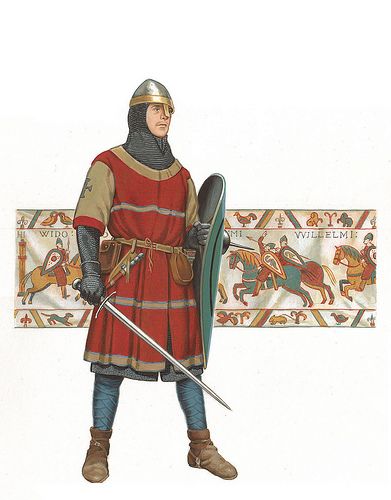Below is a detailed article about the Norman Invasion in England. It was a fascinating era that brought many changes into the Old English speaking England. The Norman conquest of England is one of the most significant conquests of the Normans. Let us study about the same below.
Who were the Normans?
The Normans were a Viking tribe also known as the Norse men. The then King of France, Charles II the Simple, came into a peace treaty with Rollo, a Viking chief and also the very first Duke of Normandy – who accepted the offer of a large area in Northern France in exchange of peace.
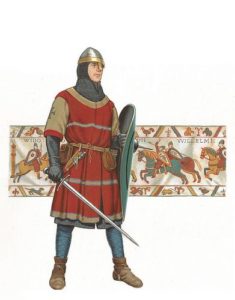
They settled in the North of France of the Frankish Kingdom and became one of the Frenchmen. They adapted so well in the community that they married Frankish women, ate French food and led a simple French life. However, they were warriors in nature and never let go of this Viking tradition. The North of France, therefore, came to be known as ‘Normandy’. Normandy is an old French word for Northman or man that comes from the North. This was around the year 900 AD.
Originally, these Normans were pagan barbarian pirates from Denmark, Norway, and Iceland. They colonized southern Italy, Sicily and moved toward England where the Anglo Saxons had set their kingdom. From England, they also moved toward Wales, Scotland, and Ireland.
The Normans converted to Christianity as an attempt to adapt to the Frankish environment. However, they were extremely restless and displayed the love for warfare and their cavalry owing to their Viking routes. Therefore, they set expeditions to different parts of Europe and finally invaded England in 1066 AD. This is why the Norman invasion began.

The Norman Duke, William of Normandy, became the King of England after the massive event of the Norman Conquest. Let us learn more below.
The Norman Conquest of England
The Anglo Saxons had settled and established a kingdom in England. They had a King called Edward the Confessor who died on 5th of January 1066 AD. The high priest of the Anglo Saxons then declared Harold Godwinson to be the next King. However, problems arose once he took the throne.
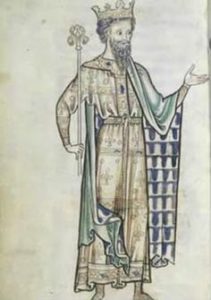
The Duke of Normandy – William did not accept the decision of the high priest of the Anglo Saxons and claimed that years ago King Edward the Confessor had declared the throne to him. He also claimed that just before 3 years, Harold Godwinson would support the idea of William being the King of England. He decided to invade England.
Harold could not handle the throne too well. He was in quarrel with his own brother which led to bloody wars in England leading to discomfort and chaos among the people. However, Harold won the victory over his brother in the same year of the death of Edward the Confessor.
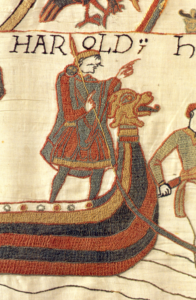
Not resting for a day he marched his army to battle with the Duke of Normandy in the South of England in Kent. His army was weak, sick and exhausted from the battles fought in the earlier days while Williams army was fresh and ready to defeat Harold and his army. The battle took place in Hastings and is known as the Battle of Hastings and began on October 14th of the same year.
The battle was bloody and caused a lot of destruction among England. However, it was won by William who then became the ‘Conqueror’. From that day on, William the Duke of Normandy became King William the Conqueror of England. The Archbishop of York crowned the King on Christmas Day 1066.
In the early years of his conquest, William the Conqueror tried to make the people feel his presence and existence by building huge castles and forts across England for safety. He also conquered and gained control over trade-centric places such as Yorkshire, Glocester, and London.
By the year 1072, the Norman kingdom had a firm hold over England. Not only did the Normans control the state but they also controlled the church and its activities. An excavated masterpiece called the Domesday Book contains the records of all the Battles including the Battle of Hastings and the records of the owners of the different estates in England. This displayed their excellent skills of leadership, organization and systematic sense of living.
New landowners those were Normans and their details were all maintained in the book. Most of their mastership was also expressed in their concrete architecture which was most of brickwork and high columns. They maintained certain styles of architecture, hence many of the Norman buildings can be found even today all across Europe and also in England. Many ruins can also be seen. Certainly, the Norman invasion bought many changes in the civilization of England.
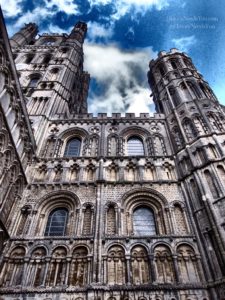
The Ely Cathedral in Cambridgeshire in a fine example of Norman Architecture. However, it has been reconstructed multiple times since centuries, the style of architecture has been maintained. There are many more such examples seen across London and different parts of England. Hence, the Norman invasion made huge contributions in England.
